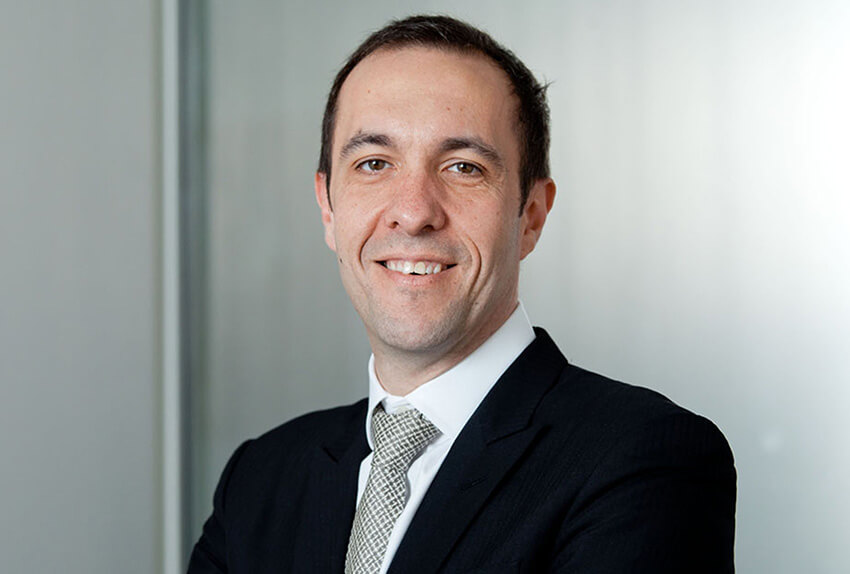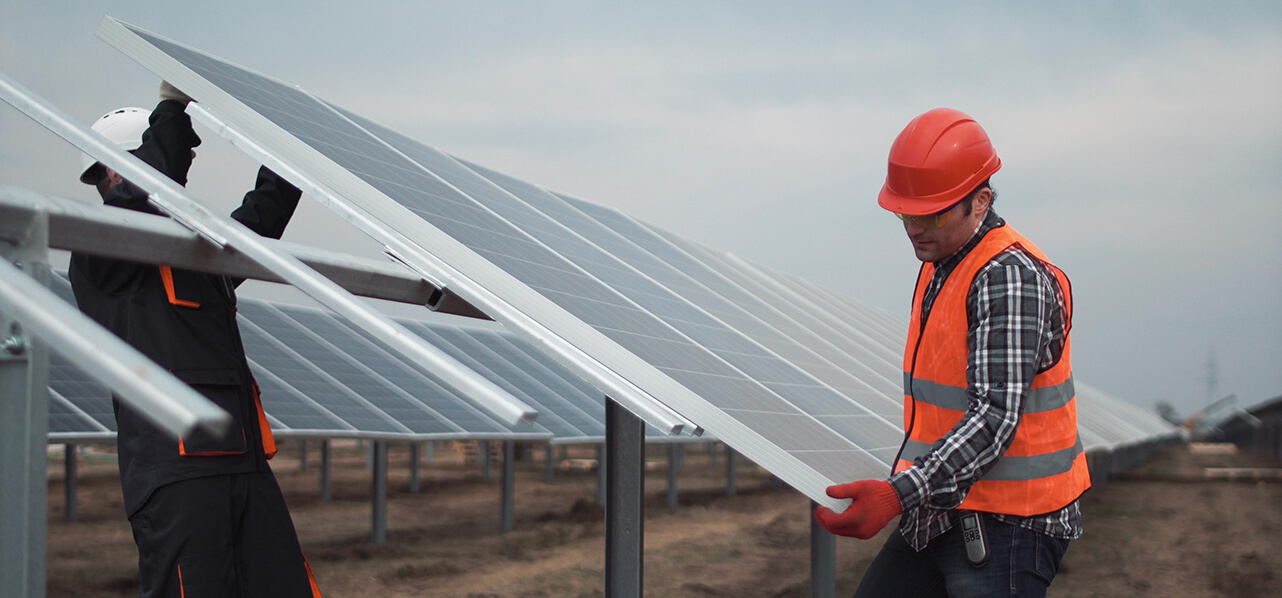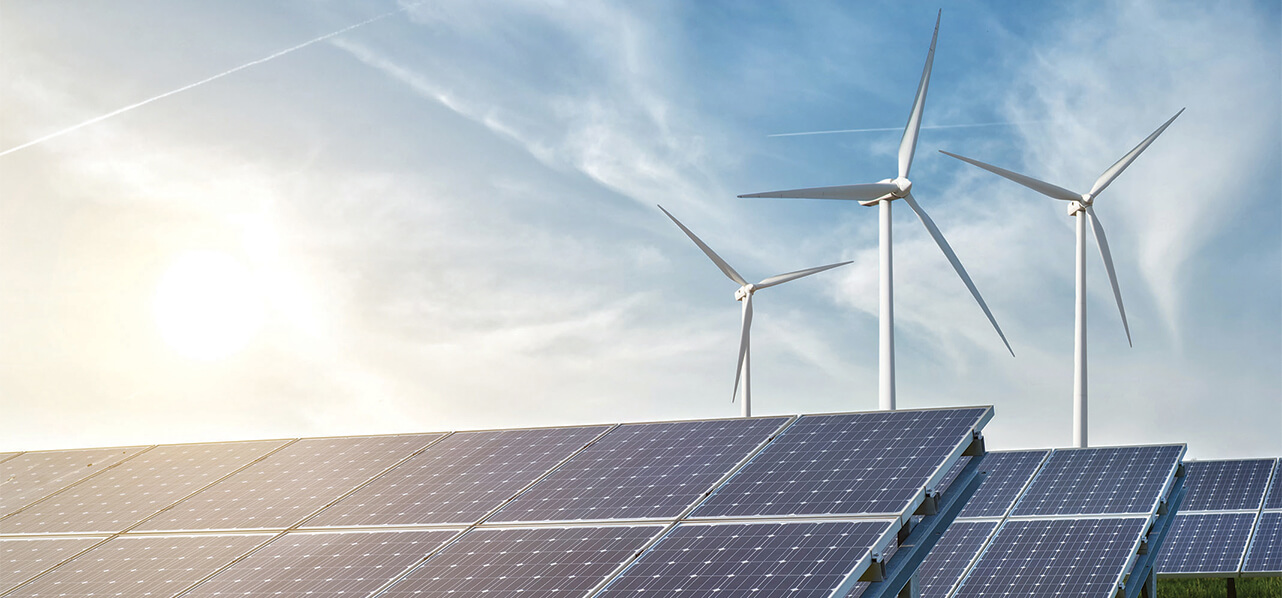Partner London
"The prospect of commercial-scale floating wind farms appears to have taken a further step forward to becoming a commercially viable investment."
The Crown Estate (“TCE”) has presented its plans for the Celtic Sea floating offshore leasing Round 5, which it hopes will generate 4GW of power for the UK. To summarise, TCE confirmed:
- four Project Development Areas (“PDAs”) have been identified, which can be developed as phased sites. The PDAs are fixed and in close proximity to one another, which means each of the projects will need to be carefully managed;
- bidders will be expected to demonstrate (i) their port management strategy to ensure local ports have the capacity to deal with the floating wind technology at scale, (ii) the positive social and environmental impact of its projects and (iii) how it will manage supply chain issues effectively; and
- a “rising clock” auction process will be adopted, revealing prices and demand after each auction round.
It is generally considered that floating wind farms will be installed where water depths preclude fixed foundations for either technical or economic reasons. The depth boundaries are sometimes blurred, as a floating platform may be better suited in deeper waters where seabed conditions challenge the installation of fixed platforms.
"TCE's proactive approach will be welcomed by bidders."
However, an often-cited benchmark and the perceived need for greater deployment of floating technology, is likely to be where water depths exceed 60 metres. This provides developers with the opportunity to utilise a significantly larger offshore area, especially as 80% of all offshore wind resource in Europe is located in waters 60m and deeper.¹ The development of floating projects has therefore long been an attractive investment theoretically and following TCE’s recent Round 5 presentation, the prospect of commercial-scale floating wind farms appears to have taken a further step forward to becoming a commercially viable investment.
Early Engagement
TCE has actively engaged with various stakeholders prior to its Round 5 presentation, helping to mitigate risks and accelerate timings for developers. For example, TCE has approached the National Grid ESO to develop a coordinated network design. The UK has an ambitious target to decarbonise the electricity grid by 2035 and given the recent reports of significant delays for obtaining grid connection, TCE’s proactive approach will be welcomed by bidders.
TCE has also invested in technical and environmental assessments and pre-consent surveys, with the first specialist survey vessel setting sail from Swansea to assess the properties of the seabed and sub-seabed. The current intention is that the specifications from such surveys will be published to all bidders, but the results will only be released to successful bidders. Whilst we note this is a positive action, it remains to be seen whether providing specifications for surveys, but not the results, will provide sufficient comfort to bidders who are looking to mitigate risks in regard to this particular issue.
"In short, emphasising the importance of supporting infrastructure and social value will help focus bidders early on in the process, limiting delays and uncertainty."
Developer commitments
As referred to above, TCE expects developers to have a clear port management strategy and a strong commitment to its projects’ social and environmental impact during stage 1 of the invitation to tender process (“ITT1”). As developers are already aware, ports are critical for the construction of offshore wind projects, especially for staging the turbines prior to tow out to site. TCE has advised that currently there are no ports in the vicinity of the Celtic Sea able to support integration with the pace and scale required for delivery of a commercial scale floating wind project. To focus on the importance of having port infrastructure in place, TCE has removed the requirement for bidders to provide supply chain investment plans during ITT1 and instead will require them to show evidence of a time-based plan to secure port access. Early dialogue between developers and ports would pave the way for collaboration going forwards and reduce delays in staging turbines.
Furthermore, TCE has raised new questions relating to a project’s social value. These are linked to the UK Government’s social value model and cover the following key areas:
- employment and skills;
- tackling inequality in skills, work and pay in the workforce;
- working with communities; and
- environmental benefits.
"Whilst it is clear TCE is focussed on encouraging a collaborative and supportive approach to floating wind, which will hopefully streamline the construction and development process and reduce the overall cost of floating offshore wind, the consultation process is ongoing, and we expect the picture will become clearer as it continues and further announcements are made."
Successful bidders will have their commitments monitored and will need to think innovatively about how offshore wind can provide the benefits identified. More information will be provided to bidders on the criteria for the above commitments when the information memorandum is published.
In short, emphasising the importance of supporting infrastructure and social value will help focus bidders early on in the process, limiting delays and uncertainty.
Transparency and collaboration
Finally, rather than the traditional best and final bids method, TCE confirmed they will adopt a “rising clock” auction process, revealing prices and demand after each auction round. This goes some way to promoting a more transparent and open relationship with TCE, allowing developers to better evaluate risk along the way.
TCE has also confirmed that floating projects may be developed in a phased approach. Not only will this allow bidders to strengthen port infrastructure and better manage supply chains during the construction of projects, but it will also create an opportunity for investment at later stages. This recognises that floating farms are largely an untested technology in the UK and in order to make floating wind economically attractive, the industry will need to focus on creating efficiencies along the way.
Conclusion
TCE’s recent announcements have provided useful further guidance for developers regarding criteria that will need to be met for a bid to be successful. Whilst it is clear TCE is focussed on encouraging a collaborative and supportive approach to floating wind, which will hopefully streamline the construction and development process and reduce the overall cost of floating offshore wind, the consultation process is ongoing, and we expect the picture will become clearer as it continues and further announcements are made.
London Trainee Michelle Rance also contributed to this article.
FOOTNOTES
[1] Wind Europe: ‘Floating Offshore Wind Vision Statement’ June 2021, page 5
Key contacts
Partner London
Senior Associate London





